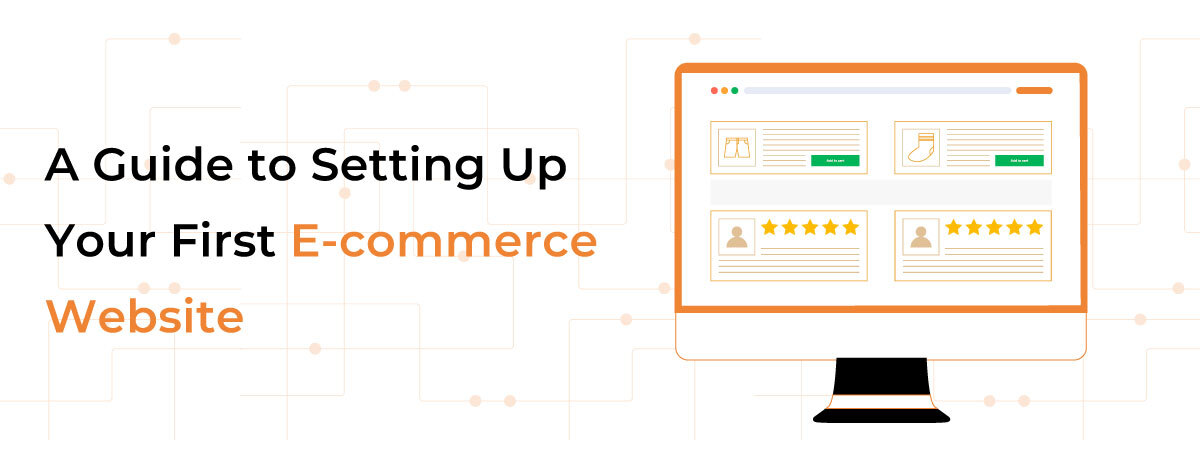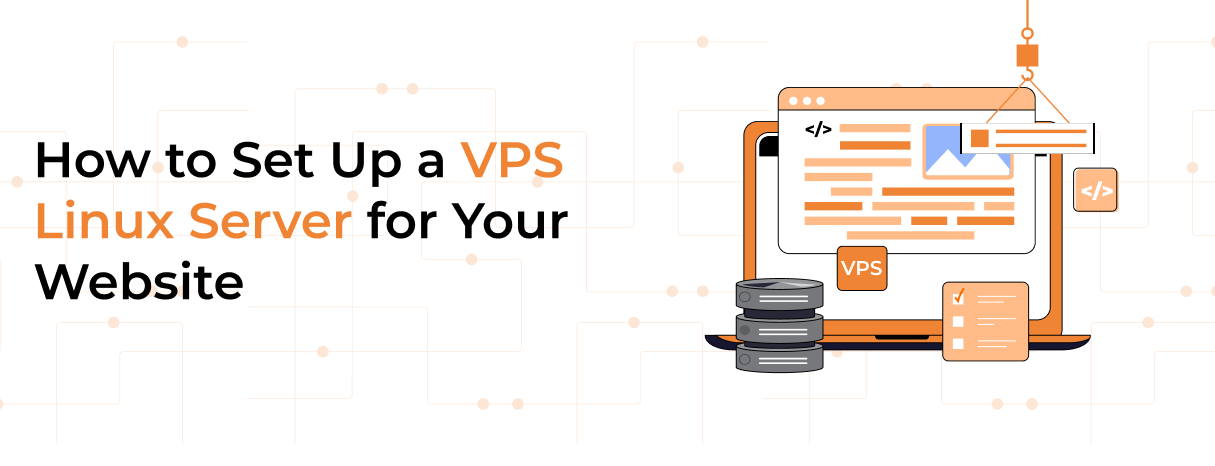Setting up your first e-commerce website can be an exciting yet overwhelming task. With the right guidance, however, you can create a functional and visually appealing online store that attracts customers and drives sales. In this guide, we will cover essential steps and considerations for effectively setting up your first e-commerce website.
Table of Contents
Why Setting Up Your First E-commerce Website is Important
Setting up your first e-commerce website opens doors to endless possibilities. Unlike a physical store, an e-commerce site is open 24/7, allowing customers from different time zones to access your products or services. Additionally, the cost of maintaining an online store is often lower than a brick-and-mortar shop, making it an attractive option for startups and small businesses.
Step 1: Choose the Right E-commerce Platform
A critical first step in setting up your first e-commerce website is selecting the right platform. Many platforms exist, each offering unique features. Popular options include Shopify, WooCommerce, Magento, and BigCommerce. When choosing a platform, consider factors such as ease of use, scalability, customization options, and cost. For beginners, Shopify is often recommended due to its user-friendly interface and extensive support resources.
Step 2: Secure Your Domain Name
Once you’ve selected an e-commerce platform, the next step in setting up your first e-commerce website is securing a domain name. Your domain name is the address users will type into their browsers to access your site, so it should be memorable and reflect your brand. Aim for a name that’s short, easy to spell, and relevant to your business. Many platforms offer domain registration services, simplifying the process for you.
Step 3: Design Your Online Store
Design plays a crucial role in setting up your first e-commerce website. The layout and aesthetics of your site can significantly impact user experience and conversion rates. Most e-commerce platforms offer a range of customizable templates to help you get started. Focus on creating a clean, visually appealing design that aligns with your brand identity. Ensure your website is mobile-responsive, as a significant portion of shopping happens on mobile devices.
Step 4: Add Products and Descriptions
Adding products to your store is a pivotal step when setting up your first e-commerce website. Each product must feature high-quality images and thorough descriptions. Use clear, concise language to describe your products, highlighting key features and benefits. Remember to incorporate SEO best practices by including relevant keywords in your product titles and descriptions to enhance visibility in search engines.
Step 5: Configure Payment and Shipping Options
To complete the process of setting up your first e-commerce website, you need to establish payment and shipping options. Most platforms offer a variety of payment gateways, such as PayPal, Stripe, and credit card processing. Choose options that are convenient for your target audience. Similarly, consider multiple shipping methods to offer flexibility to your customers. Research different carriers and choose ones that align with your delivery goals and budget.
Step 6: Ensure Website Security
Security is paramount when setting up your first e-commerce website. Customers need to trust that their personal and financial information is safe. Implement security measures such as SSL certificates, which encrypt data transmitted between your website and your customers. Regularly update your platform and plugins to protect against vulnerabilities. A secure website builds customer confidence and encourages repeat business.
Step 7: Test and Launch Your Website
Before launching, thoroughly test your website to ensure everything functions smoothly. Check for broken links, test the checkout process, and verify that all features work as intended. Invite friends or colleagues to browse your site and provide feedback. Once you’re satisfied with the setup, it’s time to launch your e-commerce website and start promoting it.
Step 8: Market Your E-commerce Website
Marketing is crucial in driving traffic to your new online store. Use a combination of strategies such as social media marketing, email campaigns, and search engine optimization to reach potential customers. Create engaging content and share it across platforms to build brand awareness. Remember, the work doesn’t stop at setting up your first e-commerce website—continuous marketing and optimization are key to long-term success.
Conclusion
Setting up your first e-commerce website may seem daunting, but by following these steps, you can create a strong foundation for your online business. From choosing the right platform to marketing your store, each step is essential in ensuring your website is successful. With dedication and the right strategies, your e-commerce website can thrive and become a significant revenue source for your business.




















